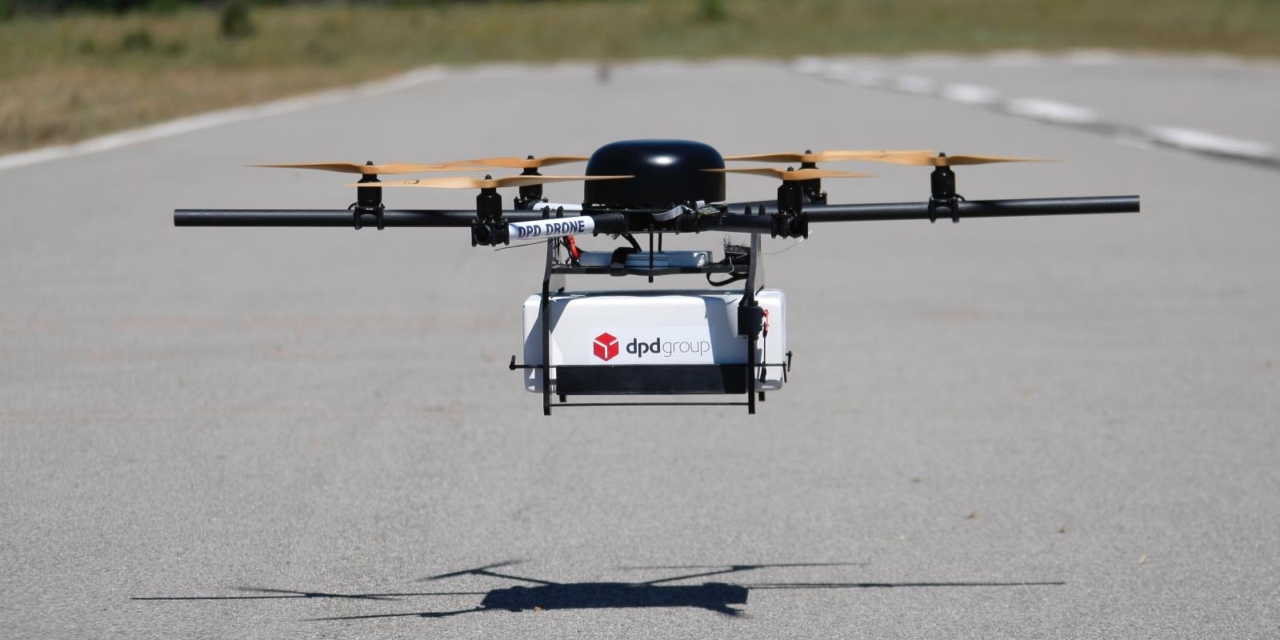If one small study is accurate, brands must leverage tech for social-distancing and pandemic safety to win loyalty.
In 2019, the top drivers of customer loyalty reported by consumers were low cost, quality products and same-day delivery. In the following year, everything changed. Consumers wanted safe, fast and human experiences amid the difficult lockdowns and social distancing measures.
According to recent research, the top drivers of loyalty, became:
- Personal safety: ensuring social/physical distancing in a facility: 65%.
- Scheduling needs: delivery within a few days: 57%.
- Personalization/support: special recommendations that meet a consumer’s needs: 56%.
- Human touch: having a live person, rather than a bot, available to talk: 54%.

The good news is the SAS-sponsored research, updated with data between June and July 2020 across 600 global consumers, has found that brands are on board with these changes, with 83% rethinking what it means to deliver superior customer experiences moving forward.
The pandemic-induced shifts in consumer behavior and opinions include changes in loyalty drivers and acceptance of immersive tech. In response, the majority of brands are rethinking superior customer experience and accelerating their technology development and deployment plans to meet the needs of the evolving consumer.
Acceptance of immersive tech
Since 2020, consumer anticipation and acceptance of immersive technology such as augmented reality (AR) and virtual reality (VR) technology have shot up by 7%, presumably due to the technology’s promise of bridging distances and the need to be physically present at any event. Also, acceptance of other technologies has also changed:
- Drones: In 2020, 23% of consumers expected delivery by drone or autonomous vehicle in the coming year; the updated poll showed 60% expected it by 2022.
- Smart assistants: In 2020, 65% of consumers expected to use such tools by 2025, but the updated poll showed 70% planned to use them by 2022.
- Chatbots: Similarly, where 36% of consumers expected to use chatbots to have questions answered or to receive customer support, the new figure showed 54% wanted a live person, and not a bot, available to talk to them.
- Telemedicine: 67% of consumers were open to using this tech where needed.
How businesses coped
In response, one-third of brands surveyed were speeding up investments in technology over the next two years. Here are the top immersive tech areas that brands were prioritizing:
- Voice-based AI assistants for sales and marketing
- Holographics for customer support or instruction
- Voice-based AI assistants embedded in products or services
- AR and VR for customer instruction and support
Six out of 10 brands reported that they were unable to deliver their regular products to their customers. Some 28% of brands had been unable to adjust and adapt and were riding things out until things returned to normal, if ever.
Brands have had to accelerate tech development and deployment in many more areas than immersive tech as consumers sought greater digitalization to ensure safety and convenience.
- 66% sought tracking systems for online consumers’ behavior and habits
- 64% wanted new or better mobile apps for customer engagement
- 68% wanted to share customer records for cross-departmental use
- 64% wanted real-time product or inventory awareness systems
In addition, more than half of all brands surveyed reported they had accelerated plans and initiatives involving alternative payment apps, offline consumer intelligence (behavioral tracking), AI and predictive analytics, automated subscription or delivery plans for consumers, chatbots, 5G, encrypted communications and/or distributed ledgers (blockchains).
Learning points for strategy
As far as this small study is concerned, the top two industries that respondents rated as delivering both digital and physical safety were health care and grocery & food.
Gleaning meaning from the trends described, organizations can generally test out hypotheses and see what works. As customers change the way they engage, the factors driving both loyalty and trust will also change. Therefore, organizations that want to deliver truly personalized experiences will need to pivot to identify evolving consumer sentiments and meet or even exceed the expectations.
Said Wilson Raj, Global Director of Customer Intelligence, SAS: “Brands were planning to invest heavily in immersive CX technologies and AI-fueled automation over the next decade, and this has not changed. They have urgently stepped up these investments to respond to the pandemic and ensuing disruptions…”
Moving forward, Raj said brand trust for all industries must involve “both physical and digital well-being of their customers, through health safety protocols and data privacy measures respectively.” Brands that want to deliver truly personalized experiences must pivot to include these forms of engagement in the customer experiences they provide.

















